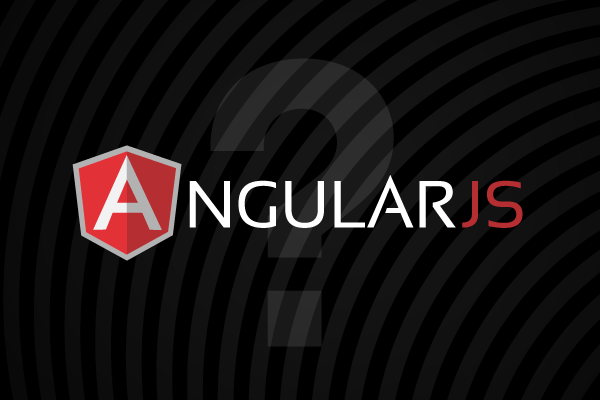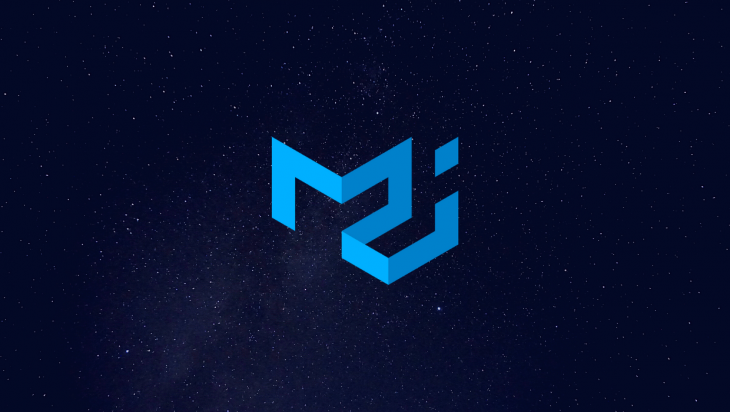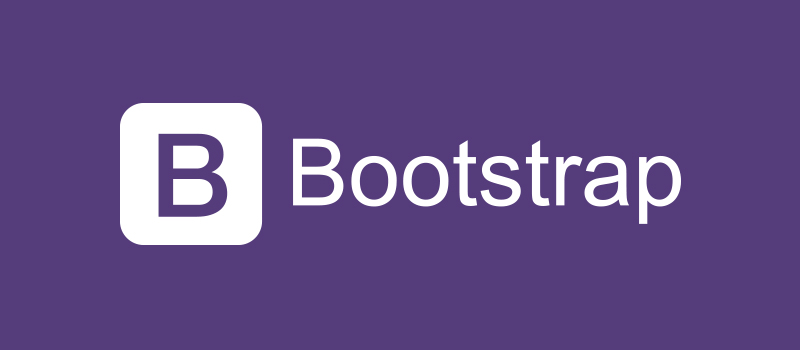
A Comprehensive Guide to the Best UI Frameworks and Libraries
When it comes to developing captivating user interfaces (UI), choosing the right framework and libraries can significantly impact your project's success. In this article, I'll explore some of the best UI frameworks and libraries available, considering their features, benefits, and popularity. Let's dive into the world of UI development and discover the tools that can enhance your design and development process.
React: Empowering Interactive User Experiences

React, a JavaScript library, has emerged as one of the most popular choices for building dynamic and interactive UIs. Its component-based architecture and virtual DOM allow for efficient rendering and seamless updates. With an extensive ecosystem of libraries and tools, React provides flexibility and scalability for both small and large-scale projects. React's widespread adoption and active community make it a solid choice for UI development.
Angular: Empowering Enterprise-Grade Applications

Angular, a comprehensive TypeScript-based framework developed by Google, empowers the development of robust and scalable applications. With its powerful features like two-way data binding, dependency injection, and a modular architecture, Angular is well-suited for building complex and enterprise-grade UIs. It offers a solid foundation for large-scale projects with its comprehensive tooling and extensive documentation.
Vue.js: Simplifying UI Development

Vue.js has gained significant popularity due to its simplicity and ease of integration. It combines the best aspects of React and Angular, providing a flexible and approachable framework for UI development. Vue.js offers a component-based architecture, reactivity, and a gentle learning curve, making it an excellent choice for projects of all sizes. Its growing community and ecosystem contribute to its increasing adoption.
Flutter: Building Stunning Cross-Platform UIs

Flutter, developed by Google, has revolutionized cross-platform UI development. With a single codebase, Flutter allows you to create native mobile, web, and desktop applications. Its reactive UI programming model, extensive widget library, and hot reload feature enable rapid iteration and beautiful UIs. Flutter's popularity continues to soar, attracting developers seeking efficient multi-platform development.
Tailwind CSS: Empowering Customizable UIs

Tailwind CSS has gained recognition for its utility-first approach to CSS. By utilizing pre-built utility classes, developers can rapidly build customized and responsive UIs. Tailwind CSS provides a comprehensive set of utility classes, allowing for granular control over styling, spacing, and layout. Its flexibility and simplicity make it an appealing choice for projects where customization is paramount.
Material-UI: Implementing Beautiful Material Design

Material-UI, a React component library, implements Google's Material Design principles. It offers a rich set of well-designed and customizable components for creating visually stunning UIs. With its theming system and extensive documentation, Material-UI facilitates the creation of cohesive and delightful user experiences. Its popularity among React developers continues to grow, fostering a thriving community and ecosystem.
Bootstrap: Streamlining Responsive Web Development

Bootstrap has long been a go-to framework for creating responsive and visually appealing websites. Its mobile-first approach, grid system, and pre-built UI components expedite the development process. Bootstrap's popularity stems from its ease of use, extensive community support, and compatibility with modern browsers. It remains an excellent choice for quickly prototyping or building production-ready websites.
Conclusion
Selecting the right UI framework and libraries is crucial for developing exceptional user interfaces. While React, Angular, and Vue.js dominate the landscape, frameworks like Flutter offer cross-platform capabilities, and libraries like Tailwind CSS and Material-UI empower customization and aesthetic consistency. Bootstrap remains a popular choice for responsive web development. By evaluating the specific requirements of your project, considering the learning curve, community support, and scalability, you can make an informed decision.

